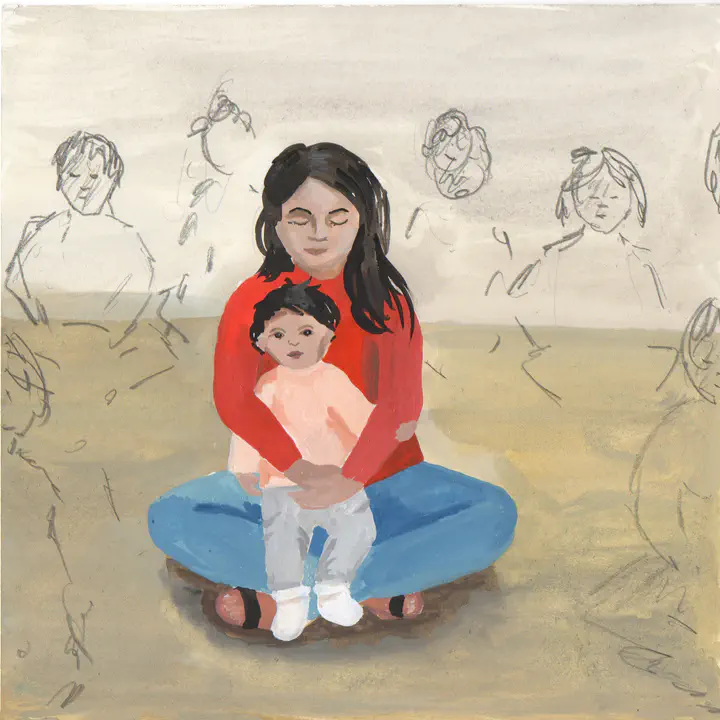Unos Allá, Otros Aquí: Transnational Parenting and Digital Communication across the Mexico-U.S. Border
 Anja Riebensahm, Illustrating Immigration
Anja Riebensahm, Illustrating Immigration
As border walls grow, security tightens, and arrests climb for undocumented migrants crossing the Mexico-U.S. border, physical visits have become increasingly difficult for families living on both sides. At the same time, communication technologies have improved and cheapened, so families are physically divided but digitally close. This paper examines how parents and children at younger and older ages navigate the juxtaposition of decades-long physical absence and near-daily communication as they work to maintain the bonds of family across the border. What is it like to migrate during a time marked by increasingly closed borders and increasingly open communication? More specifically, how do families separated by a border they cannot cross use technology to maintain relationships? Drawing on binational fieldwork with families straddling the Mexico-U.S. border, I find that immigrant parents often have children in both countries. As parents use technology to forge bonds of “digital siblinghood” between children who have never physically met and face the prospect of leaving behind some children to reunite with others, they fear that unifying their families may be impossible.